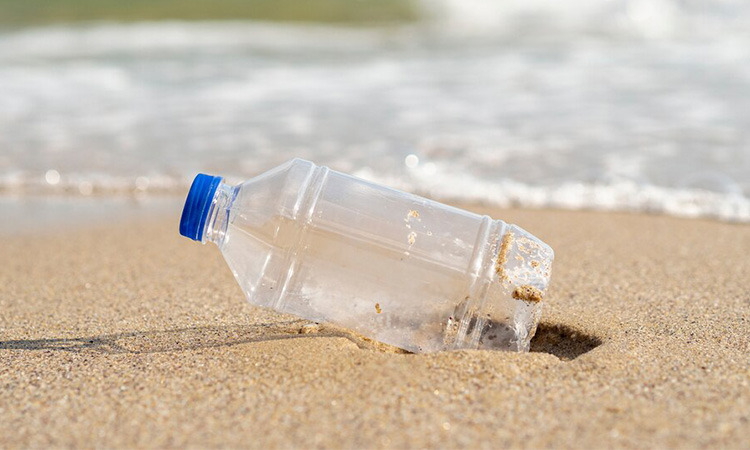In a world where plastics are omnipresent, making safer choices is pivotal for both personal well-being and the health of our planet. As we become more aware of the potential risks associated with certain plastics, the need to make informed and conscious decisions is more significant than ever. Let’s explore how we can make safer plastic choices for a sustainable tomorrow.
Understanding Plastic Types:
Not all plastics are created equal, and understanding the different types is the first step in making safer choices. Plastics are labeled with a resin identification code, ranging from #1 to #7. Safer choices often include #1 (PET or PETE) and #2 (HDPE) plastics, which are commonly found in items like beverage bottles and food containers.
Avoiding Single-Use Plastics:
Single-use plastics, designed for a brief lifespan, are not only detrimental to the environment but may also pose health risks. Opting for reusable alternatives, such as stainless steel or glass containers, reduces exposure to potentially harmful chemicals and contributes to a significant reduction in plastic waste.
BPA-Free Products:
Bisphenol A (BPA) is a chemical commonly used in the production of plastics and resins. Research suggests that exposure to BPA may have adverse health effects. Choosing BPA-free products, especially for items like water bottles and food storage containers, is a safer alternative that minimizes the risk of chemical leaching.
Silicone as a Safer Option:
Silicone is gaining popularity as a safer alternative to traditional plastics. It is known for its durability, flexibility, and resistance to high temperatures. Silicone kitchenware, baby products, and storage containers offer a safer choice, free from harmful chemicals commonly found in some plastics.
Eco-Friendly Plastics:
Advancements in technology have led to the development of eco-friendly or biodegradable plastics. These plastics are designed to break down more easily, reducing their environmental impact. While they are not a perfect solution, they represent a step towards minimizing the long-term effects of plastic pollution.
Prioritizing Quality Over Quantity:
Investing in high-quality, durable plastics may initially cost more, but it pays off in the long run. Cheaper, low-quality plastics may contain harmful additives that can leach into food and beverages. Choosing well-made products not only ensures safety but also reduces the need for frequent replacements, contributing to a more sustainable lifestyle.
In a world where plastics are deeply ingrained in our daily lives, making safer choices is both a personal and collective responsibility. By understanding plastic types, avoiding single-use plastics, choosing BPA-free and silicone products, and prioritizing quality, we can navigate the landscape of plastics with a focus on safety and sustainability. Every conscious decision we make contributes to a healthier future for ourselves and the planet we call home.
Next On Your Reading List:


